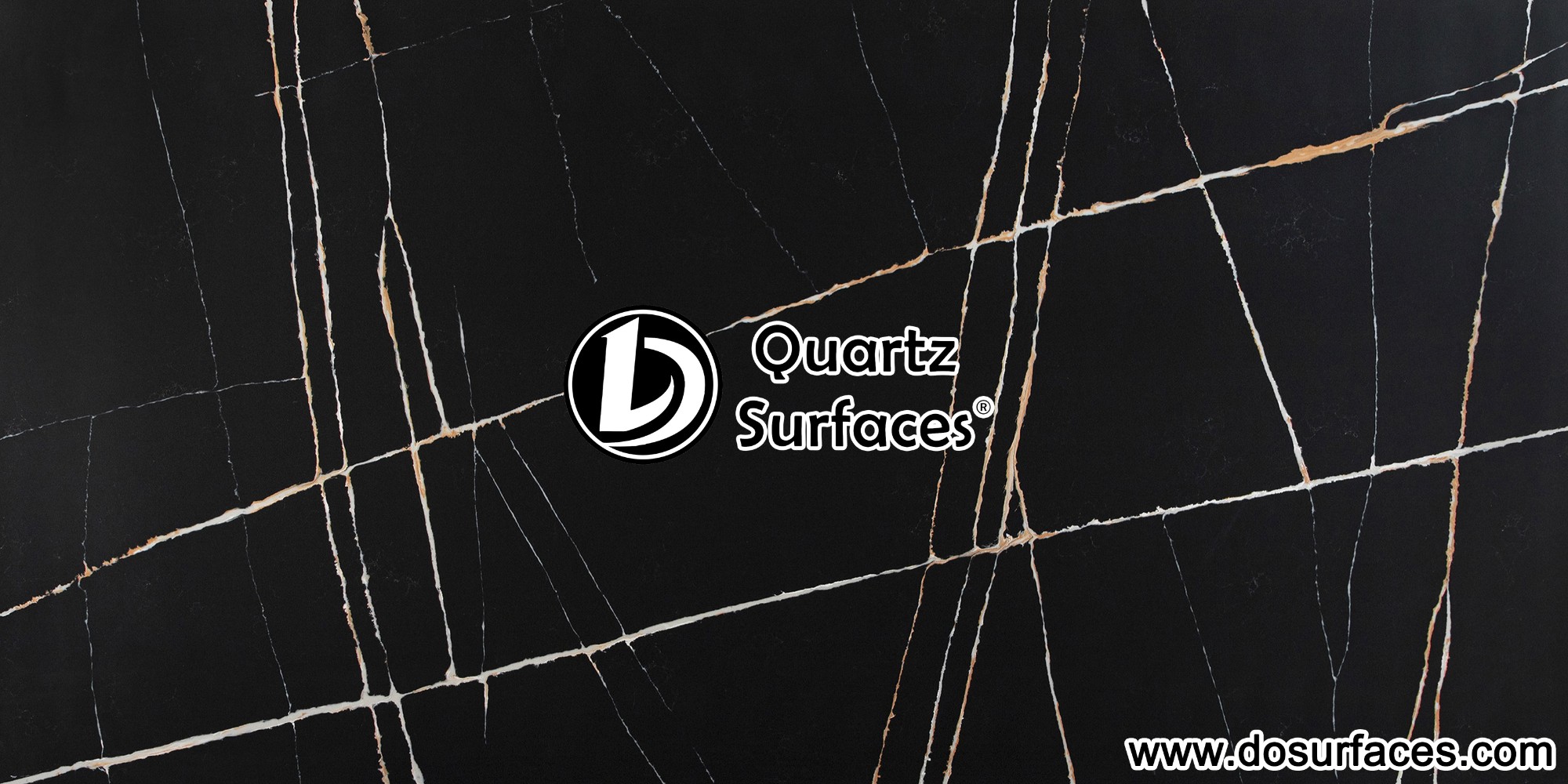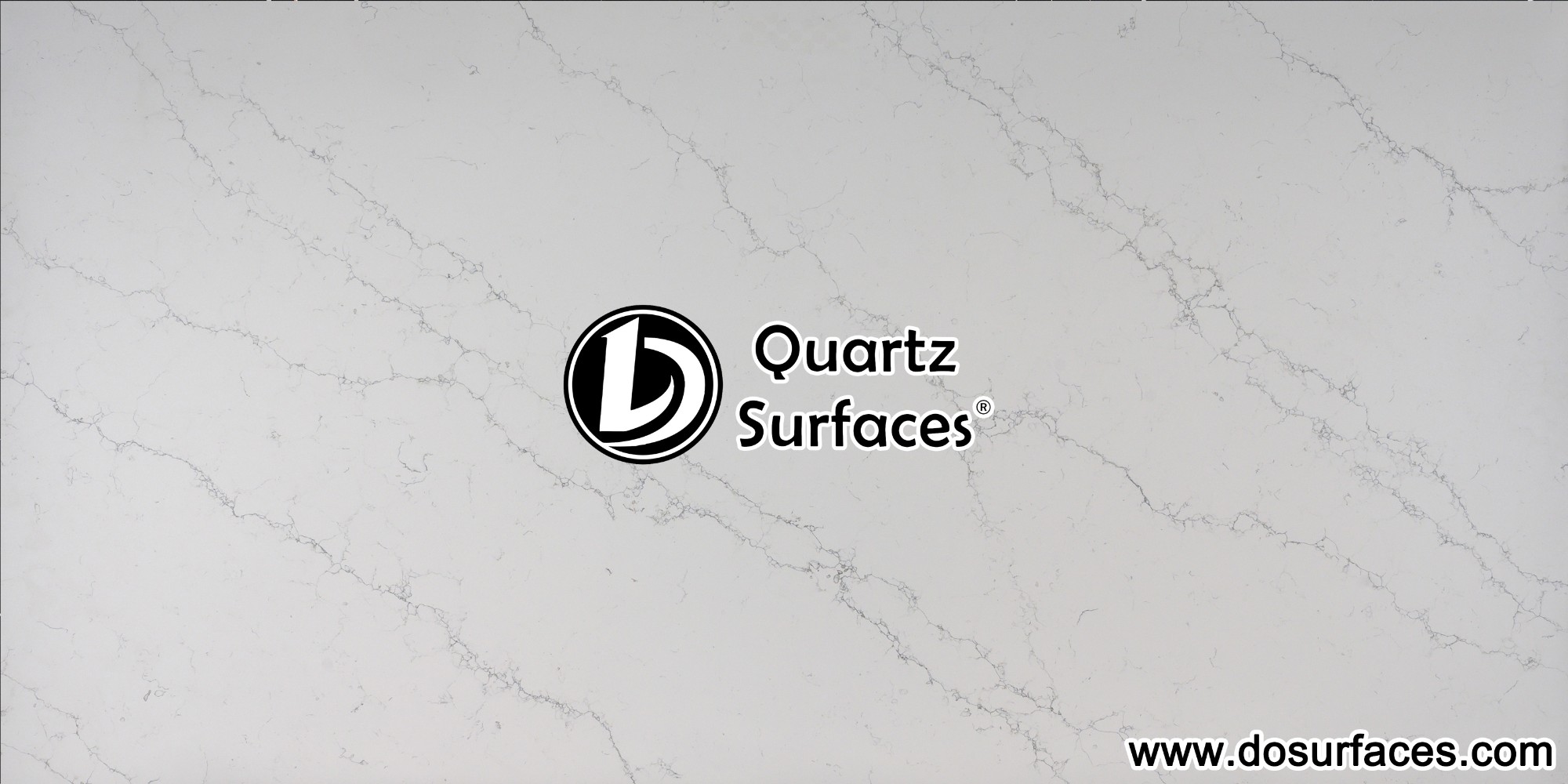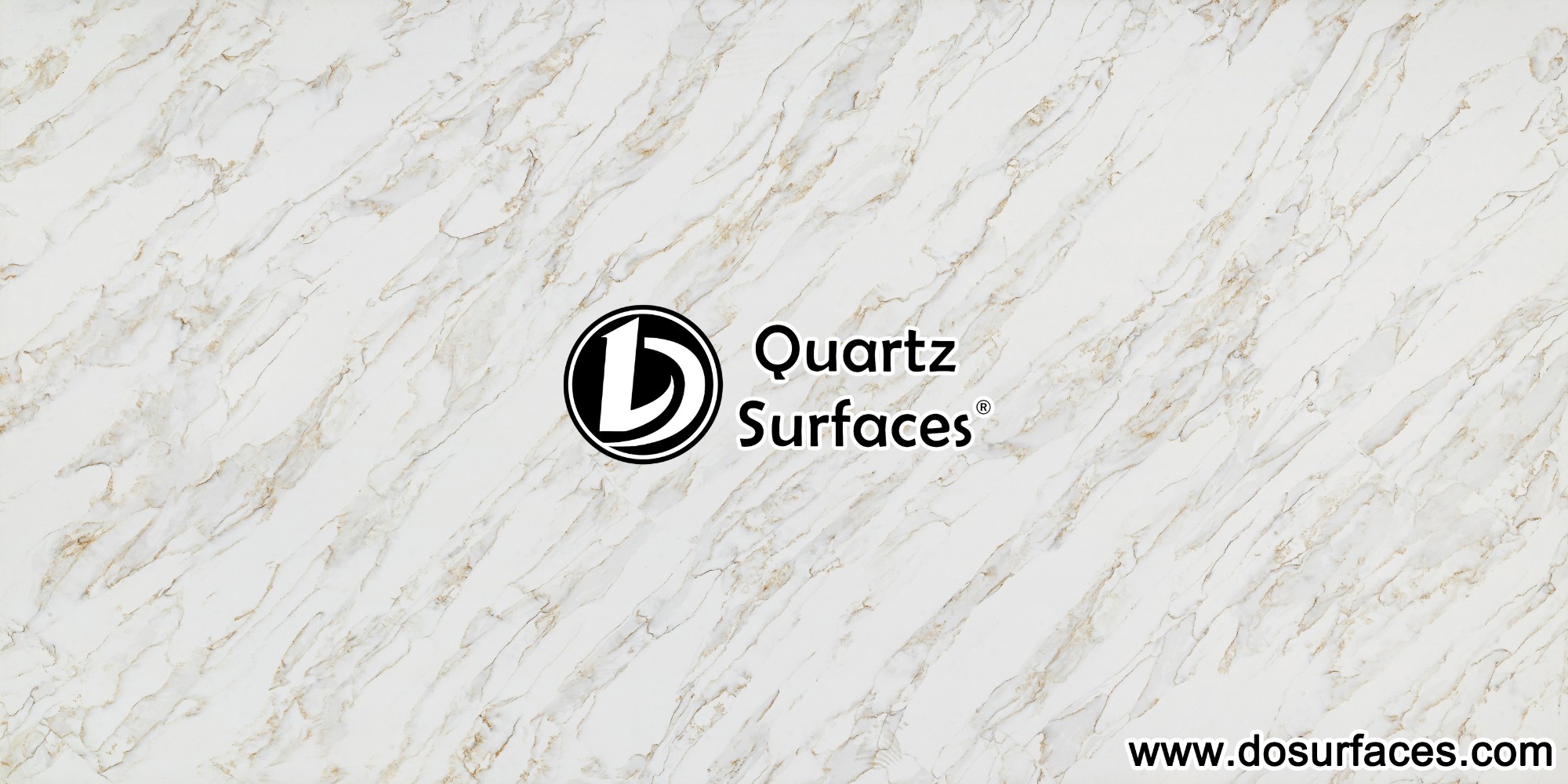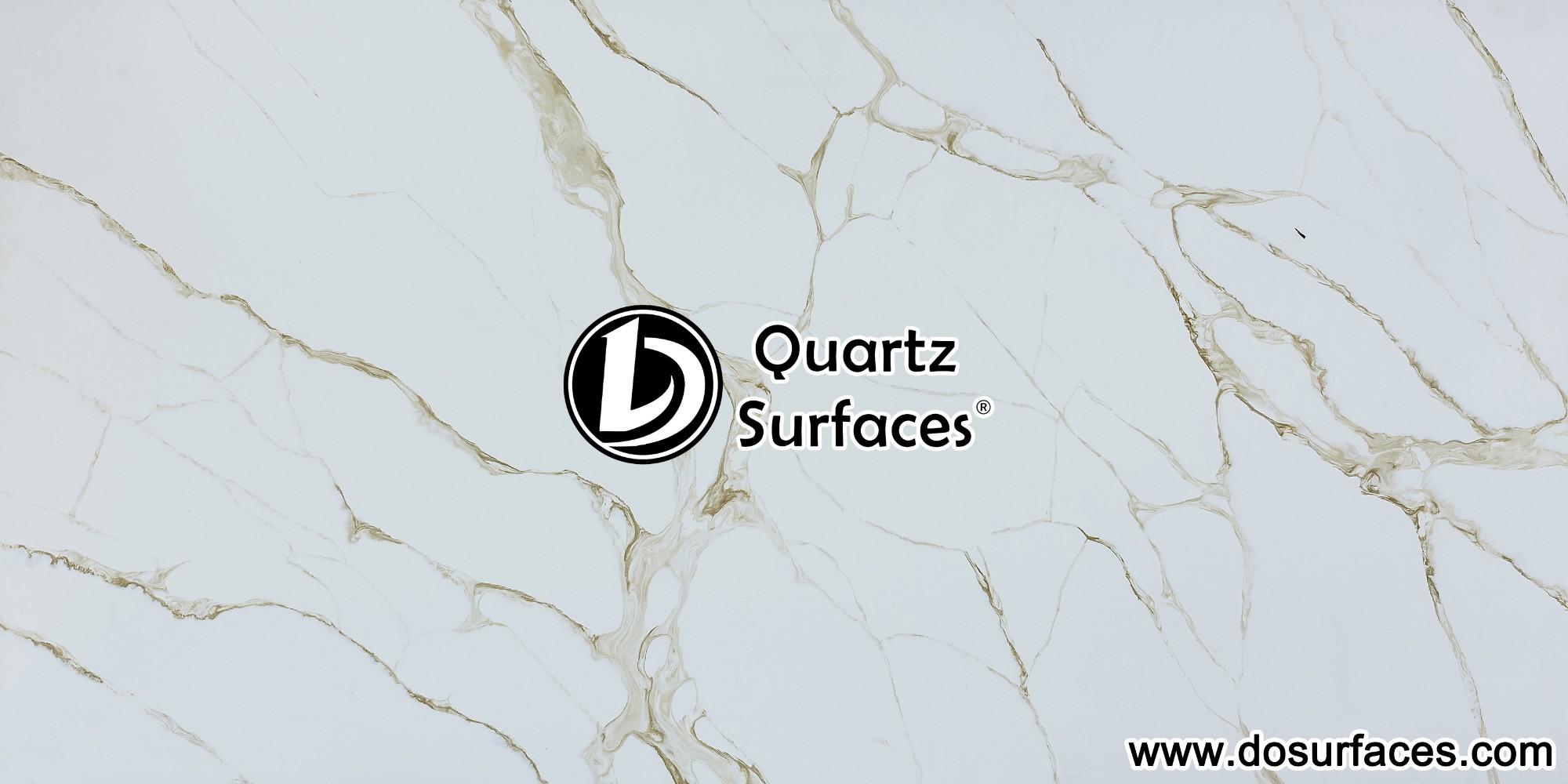1. What is Quartz?
Quartz, an artificially crafted product, is often specified due to its ability to offer a uniform aesthetic appeal. Manufactured through a process that involves ground quartz, resin, and pigments, this engineered quartz stands out as a highly resilient and aesthetically pleasing premium hard surface, available in a multitude of designs ranging from natural stone-inspired looks to contemporary concrete hues. Its ease of maintenance and resistance to heat, scratching, and staining make it a popular choice for both residential and commercial applications.
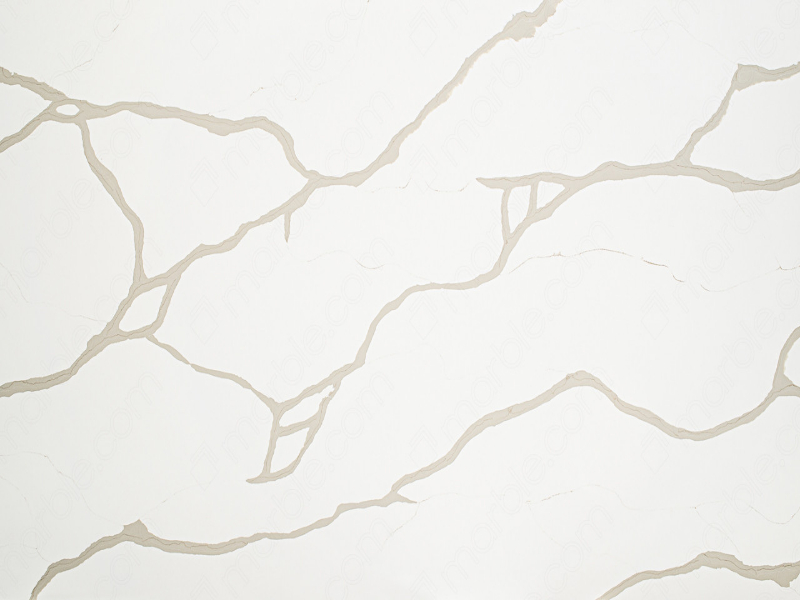
2. What is Quartzite?
Quartzite, on the other hand, is a naturally occurring metamorphic rock derived from sandstone. When sandstone comes into contact with magma deep within the earth, it undergoes transformation, resulting in quartzite composed of natural quartz grains. Quartzite is distinguished by its exceptional strength, density, and hardness. Its similarity in veining and color palette to marble, coupled with its superior resistance to common chemicals, makes it a highly sought-after material for kitchen countertops. Although not all quartzites are entirely non-porous, their abrasion resistance and durability allow for versatile applications. Quartzites with a honed finish necessitate proper sealing.
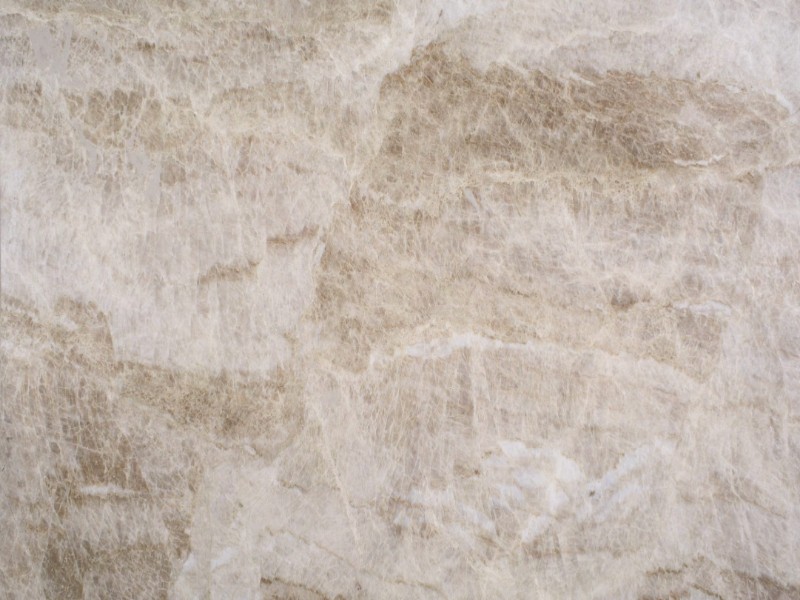
3.Distinguishing Quartz from Quartzite
Broadly speaking, quartz is an engineered, synthetic product fabricated in a factory by blending elements of quartz, resin, and pigments. Conversely, quartzite is a natural stone that forms organically deep within the earth and is extracted in blocks through quarrying.
The primary distinctions between the two can be delineated as follows:
Aesthetic Appeal
Quartz, being an engineered stone comprising stone chips, resins, and pigments, offers a wide array of colors and patterns, even mimicking the appearance of natural stones like granite or marble. Quartzite, as a naturally occurring stone mined from quarries, possesses a unique, natural aesthetic with varied patterns and veining.
Durability Factors
Both quartz and quartzite are durable materials suitable for daily kitchen use. However, quartzite surpasses granite in hardness and exhibits greater resistance to scratches and chips. Quartz, though hard, is not as resilient as quartzite. Quartz's non-porous nature makes it less prone to staining than quartzite. Nevertheless, quartz can sustain damage from high temperatures, necessitating the use of trivets or hot pads.
Maintenance Requirements
Quartz and quartzite necessitate differing levels of maintenance. Quartz, being non-porous, does not require periodic sealing. It is easily cleaned with soap and water and does not mandate special cleaners. Quartzite, as a porous natural stone, requires periodic sealing to prevent staining. Additionally, it is crucial to avoid using acidic or abrasive cleaners on quartzite.
Cost Considerations
The cost of quartz and quartzite varies, with quartz being the more affordable option. This price difference stems from the fact that quartz is a synthetic material, whereas quartzite is a natural stone formed under high pressure and heat. When contemplating the cost of quartz versus quartzite, several factors come into play. Generally, quartzite tends to be more expensive than quartz. However, this can vary based on various factors.
Factors Influencing the Cost:
Rarity: The rarity of certain quartzite types can elevate their cost. Similarly, specific quartz types may be more expensive due to their unique patterns or colors.
Thickness: Thicker slabs of quartz or quartzite are typically more expensive than thinner ones.
Installation: The installation cost can vary depending on the job's complexity. For instance, a large kitchen with numerous cutouts and corners may incur higher installation expenses.
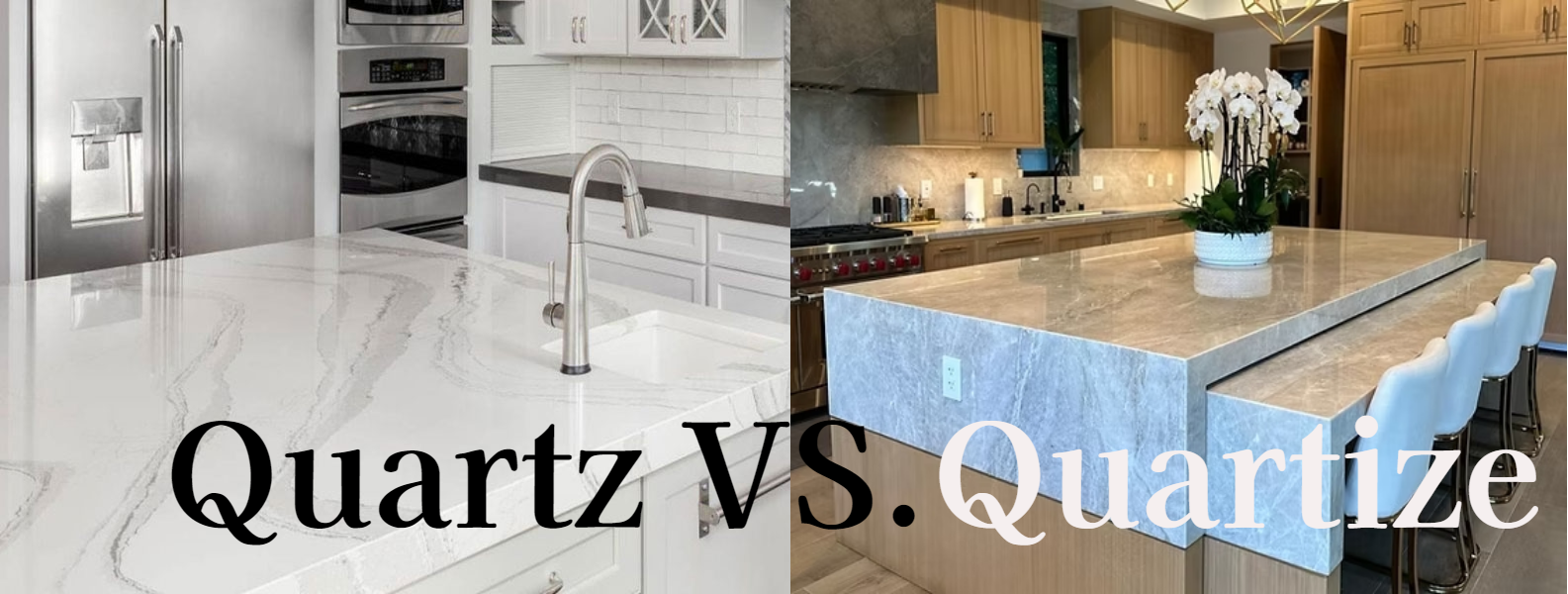
4. Quartz vs. Quartzite: Which stone is better ?
In summation, while quartz is an artificially crafted stone and quartzite a natural product, both are high-quality options contingent on your project. Both are ideal hard surface choices for kitchen countertops, bars, bathroom vanities, fireplace surrounds, tables, and more. The decision between these two slab options ultimately hinges on personal preference, aesthetics, and project specifications.


